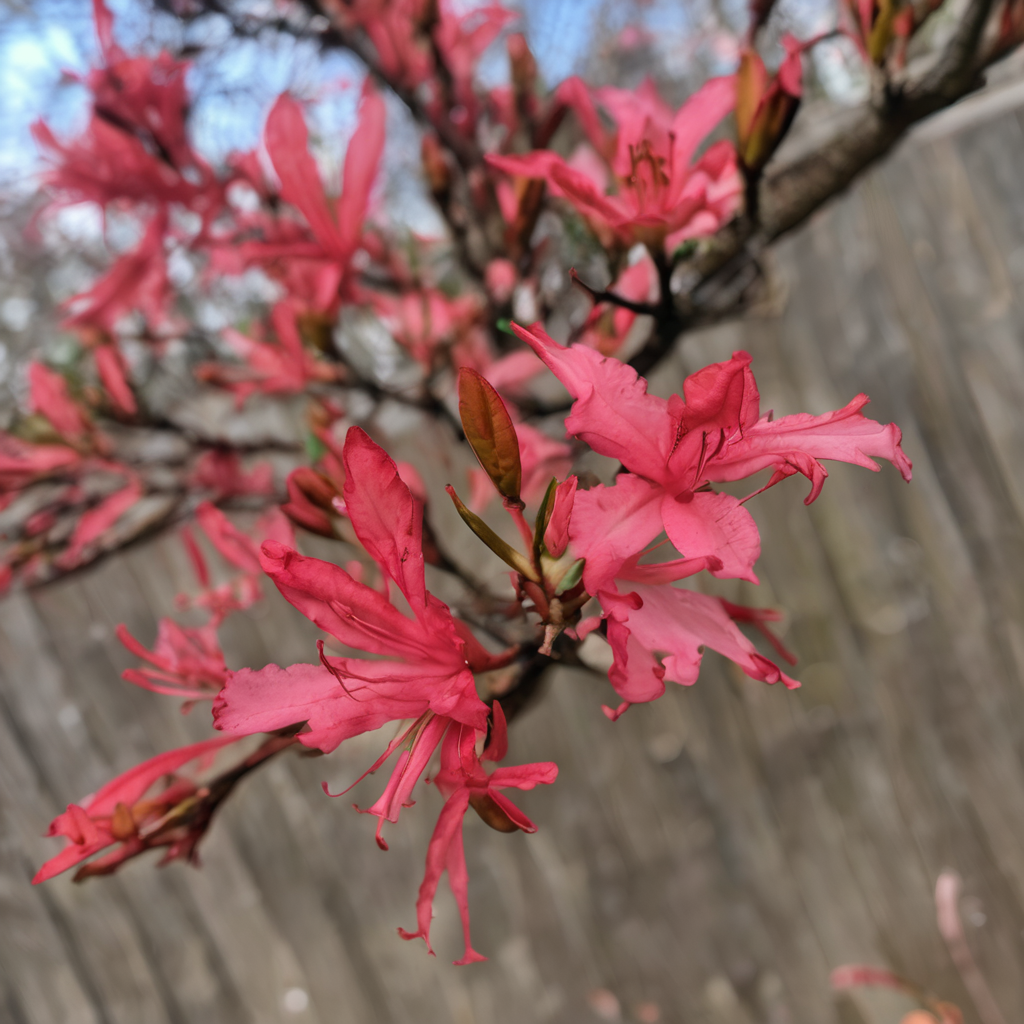Why Azeleas Losing Its Leaves (explained)
Sometimes azaleas can suddenly shred their leaves. While it can be unsettling to see such a change, there is usually no cause for panic – often the culprit is merely a common environmental factor that can be easily remedied.
Let’s explore some of the most likely reasons your azaleas may be dropping foliage prematurely, so we can get to the root of the issue.
Too Much Water
One possibility is fluctuations in water. Azaleas prefer consistently moist, well-draining soil and dislike wet feet as much as dry spells. Soggy conditions can cause roots to rot while drought stress will cause leaves to yellow and drop off. Be sure soil is moistened regularly without becoming waterlogged. Mulch can help regulate moisture swings.
Temperatures Can Impact
Temperature extremes may also be to blame. Azaleas grow best in zones 6-9 where nighttime lows rarely dip below 20°F. Exposure to frost or days above 90°F can damage leaves. Shelter plants on south/west sides that get afternoon sun if your area experiences heat waves.
Pay attention to sunlight levels too. While azaleas flower best in partial shade, too little light leads to leggy, non-blooming growth. Too much direct sun, on the other hand, can scorch foliage. Make sure plants get dappled morning sun and protection from the hottest afternoon rays.
Soil Acidity
Check soil pH levels as well. Azaleas prefer acid soil around 5.0-6.0. If the pH rises above 6.5, essential nutrients like iron become unavailable, leading to chlorosis and defoliation. Amend with pine needles, peat moss or sulphur to lower pH as needed.
Pests
Pests are another possibility. Caterpillars like azalea sawfly can completely strip plants of leaves. Check the undersides for small black sawfly larvae in spring. Treat with Bt if needed. Mealybugs and spider mites also cause foliage to yellow and drop prematurely. Control with horticultural oil sprays.
Diseases
Diseases may also be the culprit. Leaf spot fungi cause brown spots on leaves that eventually drop. Powdery mildew leaves a white, powdery coating and stunted growth. Improve airflow and treat with fungicide drenches if infections are severe.
Stress from repotting, pruning, or construction damage near the roots can shock azaleas into dropping leaves too. Go slow with disruptions and ensure roots are not damaged or exposed. Fertilize newly potted plants to aid recovery.
Final Thoughts
Azeleas losing leaves is commonly caused by too much water, temperature, soil acidity, pests, or diseases. With diligent care and by addressing any underlying issues, I’m sure your azaleas will soon regrow a full, healthy canopy of leaves. Please let me know if symptoms persist or other questions arise – I’m always happy to help troubleshoot further!
